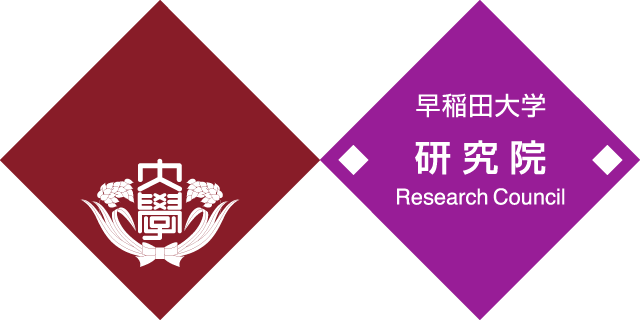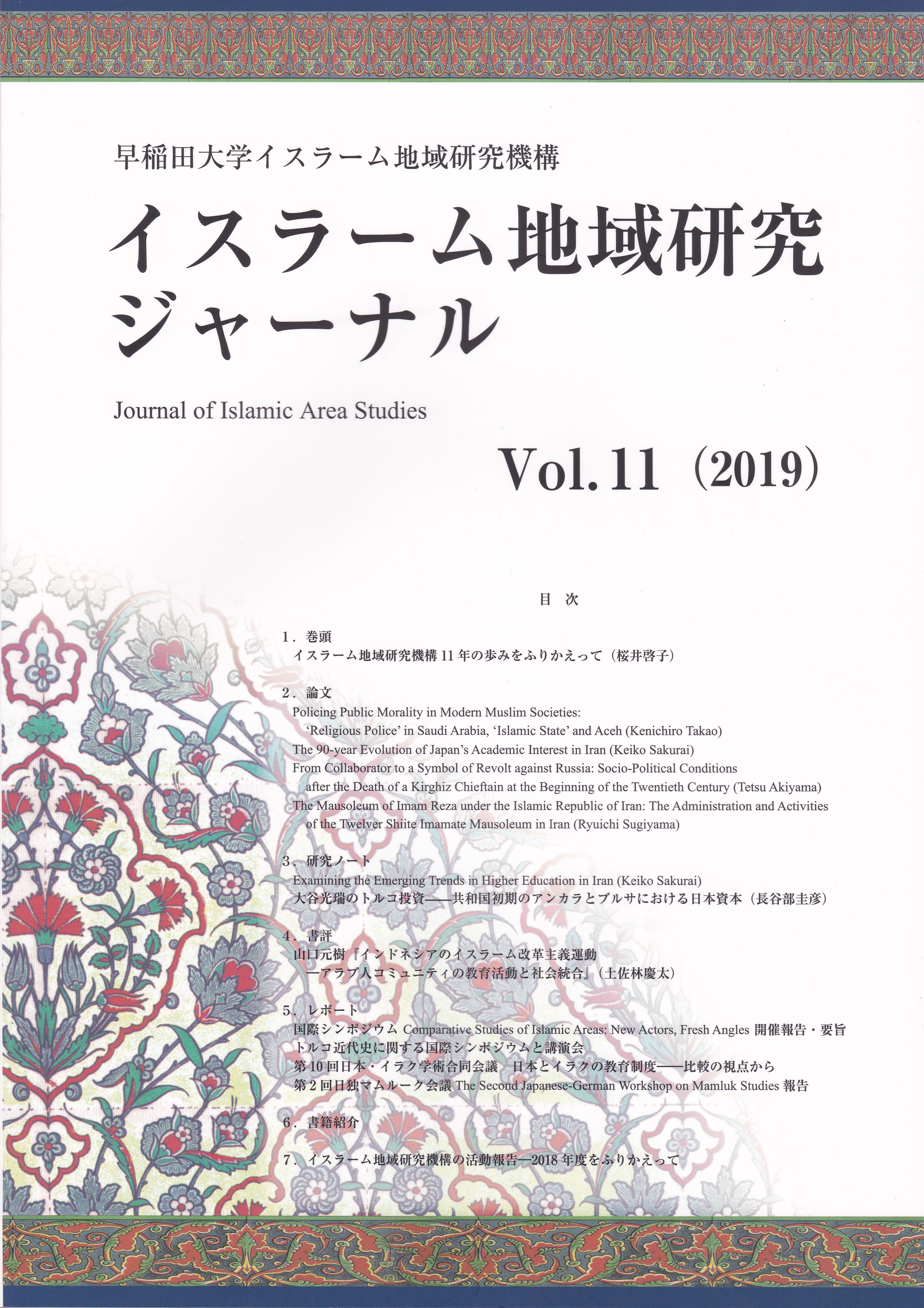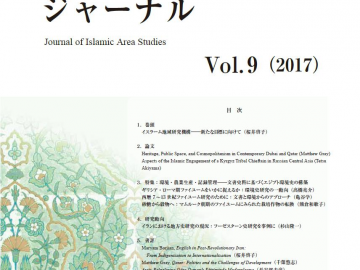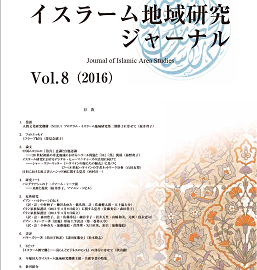 Edited by UYAMA Tomohiko
Edited by UYAMA Tomohiko
Published 18th October 2011
Contents
Introduction: Asiatic Russia as a space for asymmetric interaction
by UYAMA Tomohiko
Part I: Russia’s Eastern Expansion: Its Mission and the Tatars’ Intermediary Role
- The Russian Empire’s Civilizing Mission in the Eighteenth Century: A comparative Perspective
by Ricarda Vulpius - Tatarskaia Kargala in Russia’s Eastern Policies
by HAMAMOTO Mami - The Russian Empire and the Intermediary Role of Tatars in Kazakhstan: The Politics of Cooperation and Rejection
by Gulmira Sultangalieva
Part II: Taming Space and People: Institutions and Demography
- Intra-Bureaucratic Debate on the Institution of Russian Governors-General in the Mid-Nineteenth Century
by MATSUZATO Kimitaka - Colonization and “Russification” in the Imperial Geography of Asiatic Russia: from the Nineteenth to the Early Twentieth Centuries
by Anatolii Remnev - Empire and Demography in Turkestan: Numbers and the Politics of Counting
by Sergei Abashin
Part III: Russian Power Projected beyond its Borders
- Russo-Chinese Trade through Central Asia: Regulations and Reality
by NODA Jin - Muslim Networks, Imperial Power, and the Local Politics of Qajar Iran
by Robert D. Crews - Sunni-Shi‘i Relations in the Russian Protectorate of Bukhara, as Perceived by the Local ‘Ulama
by KIMURA Satoru - The Open and Secret Diplomacy of Tsarist and Soviet Russia in Tibet: The Role of Agvan Dorzhiev (1912-1925)
by Nikolay Tsyrempilov
Part IV: Asiatic Russia as a Space for National Movements
- Muslim Political Activity in Russian Turkestan, 1905-1916
by Salavat Iskhakov - The economics of Muslim Cultural Reform: Money, Power, and Muslim Communities in Late Imperial Russia
by James H. Meyer - The Alash Orda’s Relations with Siberia, the Urals, and Turkestan: The Kazakh National Movement and the Russian Imperial Legacy
by UYAMA Tomohiko






